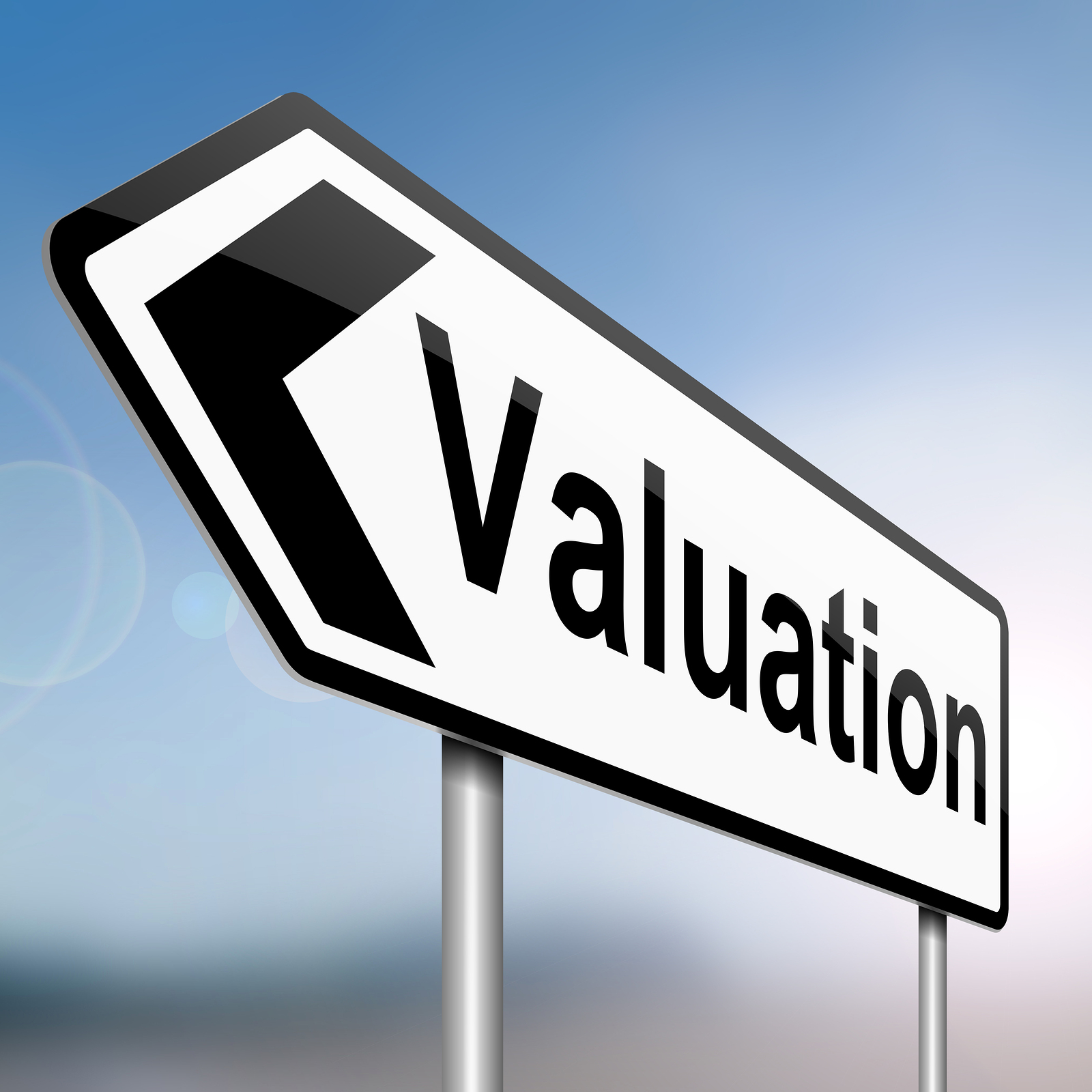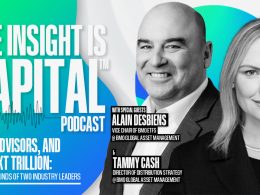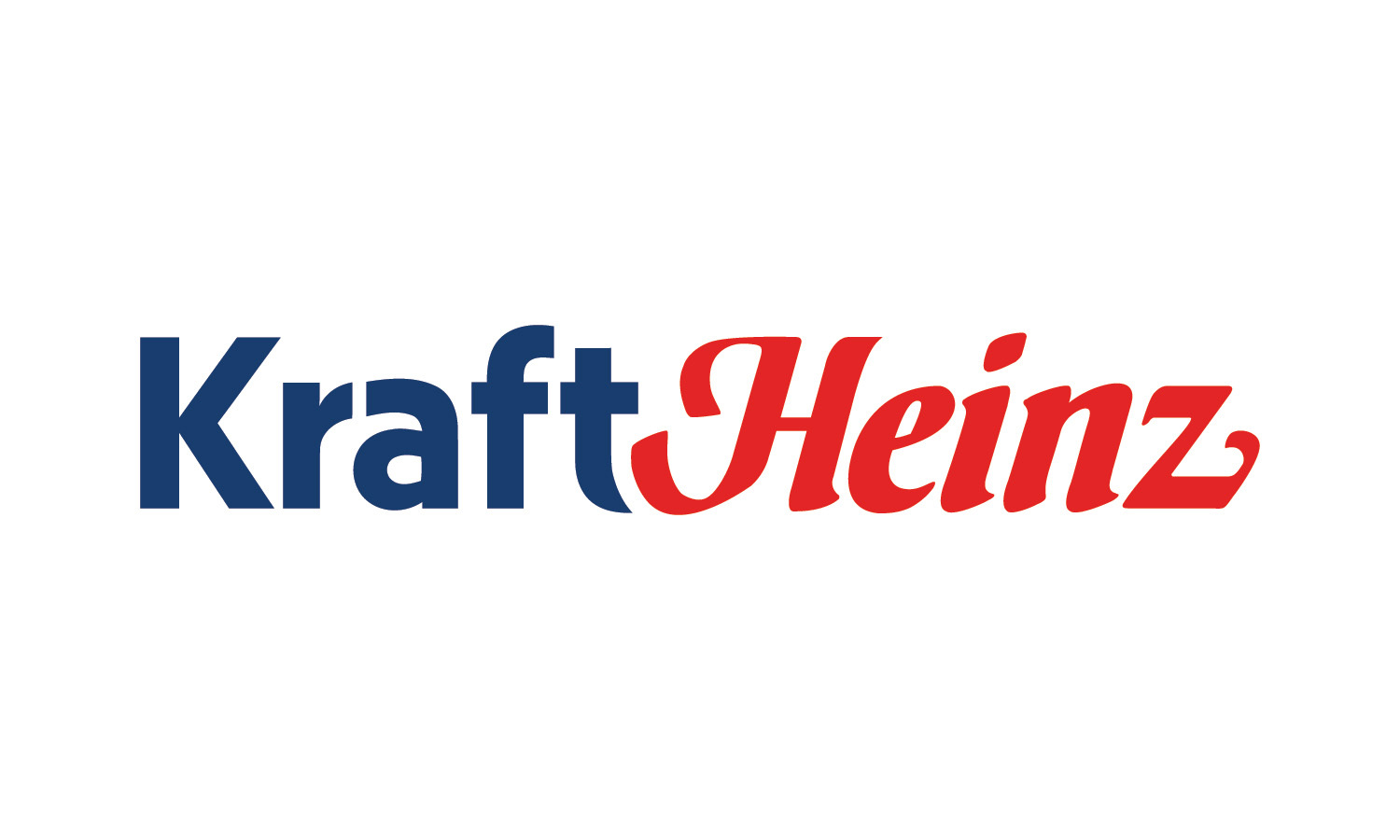by Peter Chiappinelli, CFA, GMO LLC, via Wells Fargo Asset Management
“It was the best of times, it was the worst of times, it was the age of wisdom, it was the age of foolishness …” A Tale of Two Cities, by Charles Dickens
Many asset allocation strategies that focus on value have had disappointing returns lately, with their managers having some explaining to do. However, the S&P 500 Index has some explaining to do as well. Because while the fundamentals of both the U.S. economy and corporate America have been mediocre at best, we’ve seen a meteoric rise for U.S. equity markets. It really is a tale of two cities.
The U.S. economy’s fundamentals
Let’s take a look at Chart 1 below: a collection of reasonable metrics for measuring the health of the fundamentals. This list is admittedly cursory but still revealing.
For the U.S. economy, it has certainly been the most mediocre of times. Gross domestic product growth over the past five years has been significantly below its longer-term trend. Productivity growth—one of the major highlights of the U.S. economy during the famous 1990s and the new century—is now posting a paltry 0.6% growth (registering negative numbers in manufacturing) over this time frame. To get a gauge of the American consumer, retail sales growth is down, as is median income (note: Just recently, there was a nice surprise pop in this number, but that just confirms the point. Median income growth has hardly been anything to cheer about for quite some time).
From an employment perspective—yes, headline unemployment has come down markedly over the past five years, but that statistic can be misleading, as has been well-documented. Unemployment numbers don’t do justice to the reality of the American workforce today—namely, that many workers have simply taken jobs with meaningfully lower wages or simply given up altogether (taking themselves out of the denominator). The labor participation rate, which captures those who have given up looking for work—so arguably a better measure of the health of the income-generating power of the population—has seen five years of steady declines.
Home ownership over the past five years has declined to its lowest level in two generations (Census data on this metric goes back to 1965, the last time homeownership was this low). As an aside, we at GMO LLC have always been leery of drawing too many investment conclusions from staring at economic data—we are more valuation-oriented, after all—but even we are struck by the yawning divergence between economic data and the market’s response.
Corporate America’s fundamentals
For corporate America, the tale is just as mediocre. Yes, we’ve seen some exciting developments in terms of the next-gen internet companies growing rapidly. But in the aggregate—across all industries, inclusive of winners and losers—the story is uninspiring, at best. Revenues, the top-line number, have experienced five-year growth rates of 1.2%, well below the prior decade’s trend of closer to 2% growth rates. The bottom line—the number that should really matter to investors—is even more sobering. Earnings growth over the past half-decade has been 0.7%, one-third the growth rate of the prior decade and well below the go-go days of the 1990s.
The U.S. equity market’s fundamentals
Across town, it is a different tale altogether. When we look at the meteoric rise of the U.S. stock market (S&P 500 Index), forget different city—it is more like visiting a different planet. By almost all metrics, the S&P 500 Index’s returns over the past five years have been spectacular. While not the best five-year run in history, it certainly counts among the best.
Through July of this year, the S&P 500 Index compounded wealth at 12.7% annually, or 11.1% real. By compounding a dollar at 12.7%, a $1 million investment would have grown to almost $2 million in five years, and $1 billion to almost $2 billion in five years.
We at GMO have estimated that in normal times, the S&P 500 Index should compound at 5.7% real; so, the past five years have delivered roughly double what is normal. Getting double what you deserve (in isolation) should always make you nervous. (Is your “if it sounds too good to be true …” antenna up?) But against the backdrop of mediocre fundamentals in the economy and consistently disappointing corporate earnings, it’s time to put your hand on your wallet. Something smells funny.
That smell is what we call price/earnings (P/E) ratio multiple expansion. Rather than waiting for actual growth in earnings, the marketplace, over the past five years, has simply decided to pay more for earnings. Paying more for the same dollar of earnings is rarely wise and often foolish. See the chart below.
In early August, the Shiller P/E ratio—a common metric used to measure the cheapness or expensiveness of the stock market—broke through a 27 reading. Through the decades (we show data from 1940, but the data goes back further to the 1870s) the fair amount that the market seems to pay for a dollar of earnings has been a bit over 16 times. The last time this metric was around 16 was in late-2009, so the recent five-year run-up in the S&P 500 Index has mostly been due to the P expanding, not the E. As another sobering reference point: The last time it was above 27 was in October … 2007.
Any market rally purely predicated upon P/E multiple expansion is a house built on sand. Yes, some portion of this run-up can be attributed to the historically low yields on “safe” assets, but that is small comfort. History has taught us over and over again that P/E ratios are mean-reverting. When a market overshoots (like present date, it has overshot by about 70%), it almost always gives it back, sometimes with a vengeance. We learned this the hard way in 2001. We learned it seven years later in 2008. And while nobody at GMO is saying that a market crash is imminent, we’ve certainly got our hands on our wallets (and we continue deemphasizing U.S. stocks).
Copyright © Wells Fargo Asset Management














